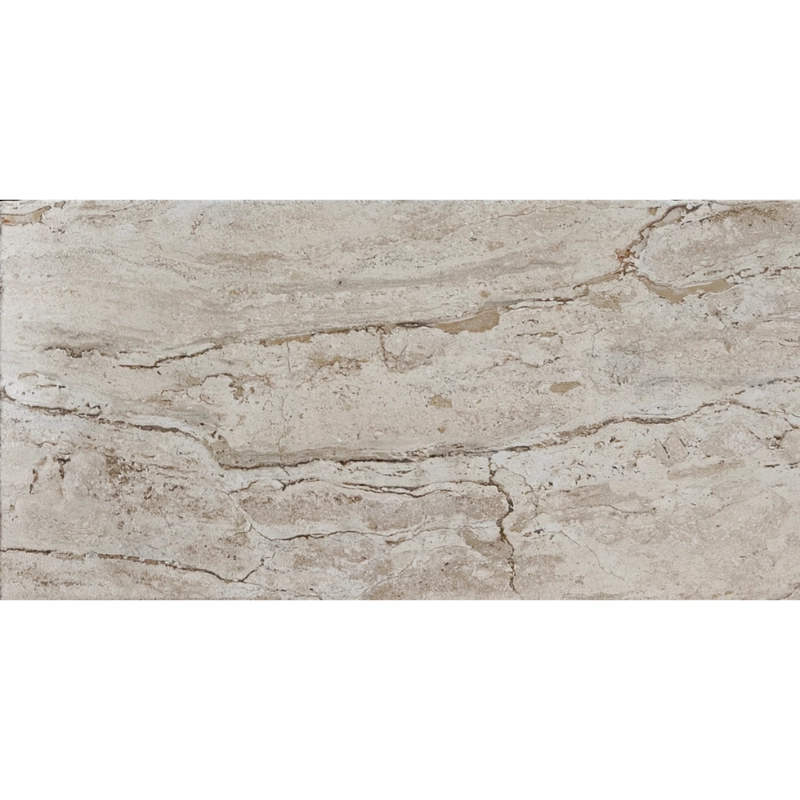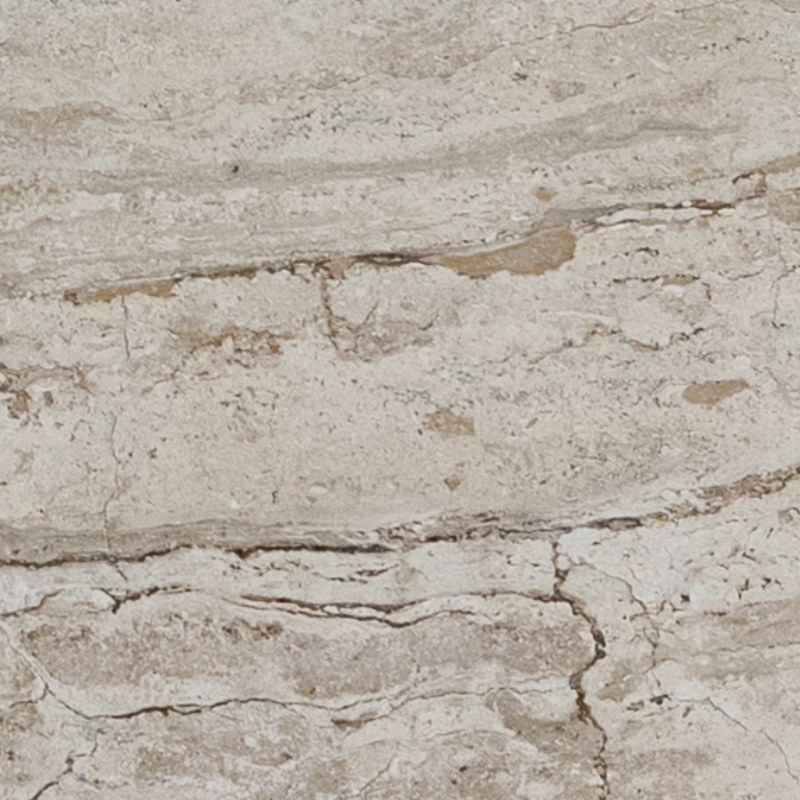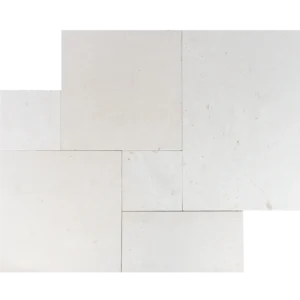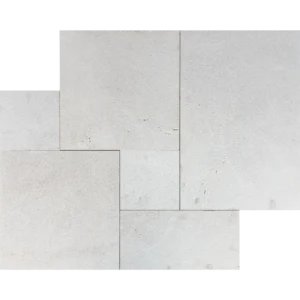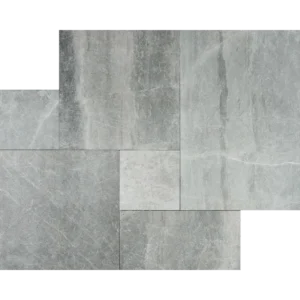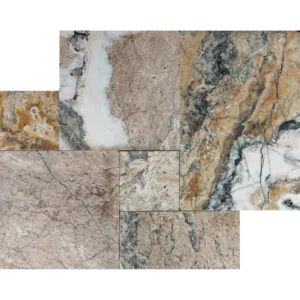Grand Canyon Tumbled 12″x24″ Travertine Paver – Refined Natural Style
Elevate your outdoor design with the Grand Canyon Tumbled 12″x24″ Travertine Paver.
Its cool beige tones bring a balanced, modern feel, while the tumbled finish delivers a slip-resistant texture perfect for high-use spaces.
This versatile size suits both large areas and narrow walkways.
The 12″x24″ format offers a sleek, elongated look that reduces grout lines and enhances visual flow.
Softly weathered edges add an inviting touch, making it an ideal choice for contemporary, rustic, or transitional landscapes.
Key Features
- Material: Premium natural travertine
- Color: Grand Canyon beige with warm beige undertones
- Finish: Tumbled, slip-resistant surface
- Size: 12″ x 24″ (nominal)
- Edge: Weathered for a natural, aged look
- Use: Patios, pool decks, garden paths, and courtyards
Why Choose This Paver
- Elegant gray tones complement many materials
- Durable and weather-resistant for long-lasting use
- Slip-resistant texture for safety around wet areas
- Versatile size for creative layout patterns
The Grand Canyon Tumbled 12×24 Travertine Paver delivers the perfect blend of natural charm and practical performance, making it a go-to choice for timeless outdoor spaces.
Installation Guide – Grand Canyon Tumbled 12″x24″ Travertine Paver
Important Note
This guide covers only the paver covering phase. Sub-base and bedding preparation must be completed by qualified professionals prior to installation.
Step 1: Dry Layout & Planning
- Dry-lay pavers to evaluate natural color/vein variation and tumbled edge differences.
- Select a layout that limits lippage on this large format—running bond or ashlar is recommended.
- Snap chalk lines or use a laser to establish straight reference lines for alignment.
Step 2: Paver Placement
- Gently place each 12″x24″ paver onto the prepared bedding layer following your layout lines.
- Maintain uniform joint spacing of 1/8″–1/4″ to accommodate joint filler.
- Tap each paver with a rubber mallet to fully seat and level; check adjacent edges frequently to avoid lippage.
Step 3: Cutting & Edge Finishing
- Use a wet saw with a diamond blade rated for travertine for clean, precise cuts.
- Support large-format pavers during cutting to prevent edge chipping or cracking.
- Smooth any exposed cut edges with a rubbing stone to blend with the tumbled finish.
Step 4: Joint Filling
- Fill joints with polymeric sand or a travertine-compatible joint filler.
- Gently compact the surface and sweep away excess material.
- If using polymeric sand, lightly mist to activate per manufacturer instructions.
Step 5: Sealing & Maintenance
- After the installation is dry, apply a breathable, penetrating sealer formulated for exterior travertine.
- Re-seal every 1–2 years depending on exposure and traffic.
- Clean with pH-neutral stone cleaners only; avoid acidic or abrasive products.
Disclaimer
Travertine is a natural stone and may show tonal variation, surface pits, and veining—these are inherent characteristics, not defects. Always dry-lay and inspect materials before final installation. Professional installation is recommended for best performance and appearance.


